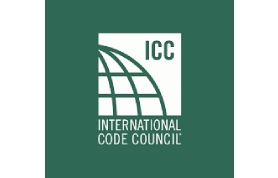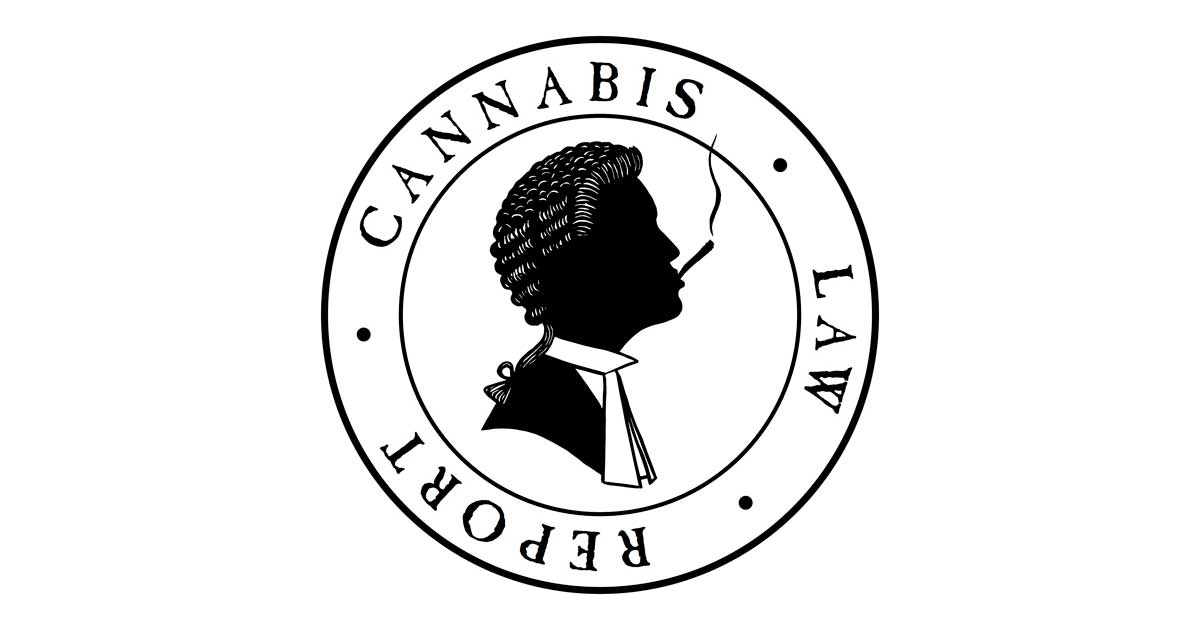Legal cannabis is sweeping the US and EU and is already the law in the land in Canada. More and more consumers are buying gummies, hemp drinks, and vapes. California sober has become a thing and Gen Z is drifting away from alcohol and having an affair with marijuana.
While marijuana has been part of culture for years, hemp, CBD, marijuana and cannabis are everyone. From local dispensaries to, in some states, hemp drinks are popping up in liquor stores. Even Walmart is home to many hemp products and proudly displays them on the shelves. However, these hemp products are made from cold-pressed seeds, which have great nutritional value but contain no CBD or cannabis. So what is the difference between marijuana, hemp and cannabis.
RELATED: 8 Ways to Enjoy Marijuana Without Smoking It
“Cannabis” is the botanical term for marijuana. It doesn’t have any legal significance. It simply refers to the cannabis plant. It contains all of the cannabinoids, including CBD, CBN and THC. More specifically, the word refers to the genus of flowering plants in the family Cannabaceae. It’s also a term under increasing use, especially since it focuses on the medicinal benefits of the plant.
RELATED: Is Marijuana A Drug Or Something Else?
“Marijuana” is the term used in legal contexts, and it’s also one associated with the negative connotations and perceptions throughout history. It’s the term appearing in the Controlled Substances Act and refers to the cannabis plant possessing more than 0.3% of THC. This kind of plant is the one remaining illegal on a federal level.

“Hemp” is the easiest term to understand for its simplicity. It refers to the part of the cannabis sativa plant containing less than 0.3% of THC and is legal on a federal level. Hemp is non-intoxicating and the use of it leads to products which doesn’t get people high. So, while hemp is not illegal, marijuana can be depending on your location.
RELATED: How Marijuana Slang Evolved Across States And Generations
Some believe that the term “marijuana” shouldn’t be used since it has a charged history of racism, particularly of Mexican immigrants. Others believe that using the term “cannabis” shies away from THC, and that the compound is nothing to be embarrassed of.
At the end of the day, it’s up to you what you decide to call your weed. When it comes to its legal use, however, “marijuana” is the term that most lawmakers prefer.

 Cannabis News1 year ago
Cannabis News1 year ago
 One-Hit Wonders1 year ago
One-Hit Wonders1 year ago
 Cannabis 1011 year ago
Cannabis 1011 year ago
 drug testing7 months ago
drug testing7 months ago
 Marijuana Business Daily1 year ago
Marijuana Business Daily1 year ago
 Education1 year ago
Education1 year ago
 Cannabis1 year ago
Cannabis1 year ago
 Education1 year ago
Education1 year ago


















